
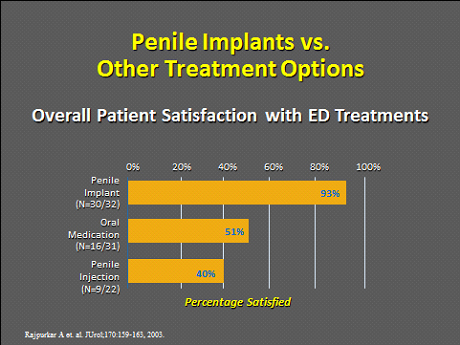
Patients considered for penile prosthesis implantation should have a thorough physical and psychological assessment to ensure that surgery is the appropriate option for them. While implant surgery is quite effective at achieving functional goals, patients need to undergo adequate counseling regarding what to realistically expect from this procedure and possible complications. Penile prosthesis implantation usually represents the final step of a long diagnostic and therapeutic pathway, when all the spectrum of medical treatments has proved ineffective or not suitable.
When penile prosthesis implantation is contemplated, the patient’s preference as well as lifestyle, body habitus and previous medical history will often determine the best device option for the patient.
It is important to review all device options with the patient to give him enough time to absorb and process all of the information to make a decision. In these conversations, patients should be shown samples of the various devices in order to allow them to appreciate the texture of the cylinders and familiarize themselves with the shape of the pump.
Adequate preoperative counseling and management of patient’s expectations play a very important role in determining postoperative patient’s satisfaction rates. Internet advertising can often be misleading and produce unrealistic expectations. Patients need to be fully aware that the goal of penile prosthesis implantation is to guarantee a straight and rigid penis for penetrative sexual intercourse with preservation of sensation and orgasmic function. Occasionally there maybe reduced glans engorgement that will need additional medical treatment. Penile prosthesis implantation will not increase the length of the penis or restore the length loss due to Peyronie’s Disease, fibrosis or long lasting ED. Patients also need to be aware that penile prosthesis implantation represents the last resort and is irreversible, as it causes permanent damage to the muscle of the inside of the penis.
Will it feel different during sexual intercourse?
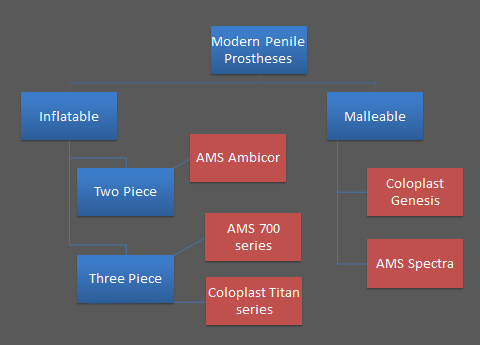
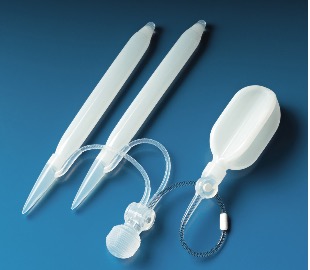
Coloplast Titan Touch
Hydrophilic coat for antibiotic absorption
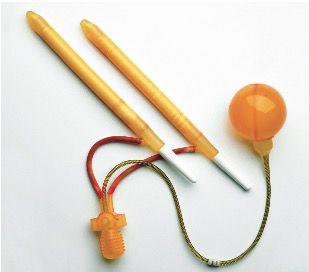
AMS 700 series
Antibiotic impregnated into device
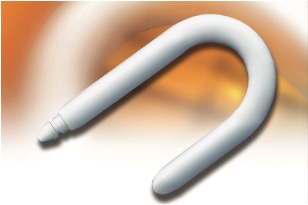
AMS Spectra
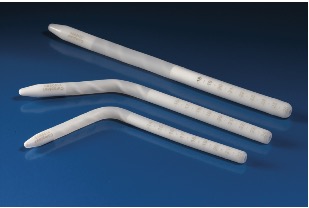
The Coloplast Genesis
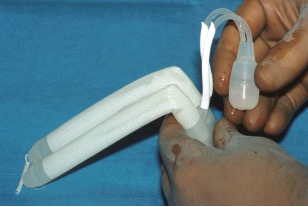
The AMS Ambicore
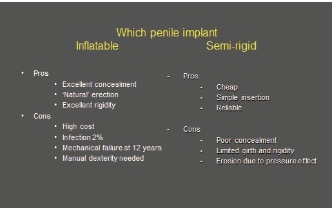
Diagram of where the components are positioned:
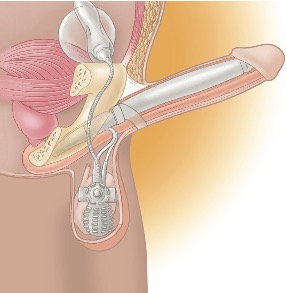
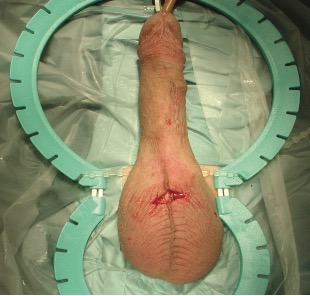
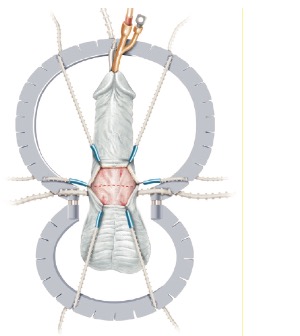
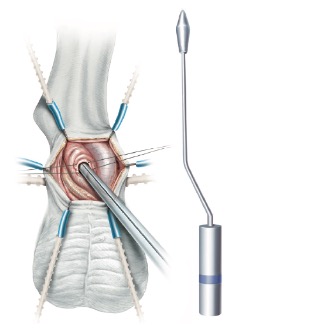
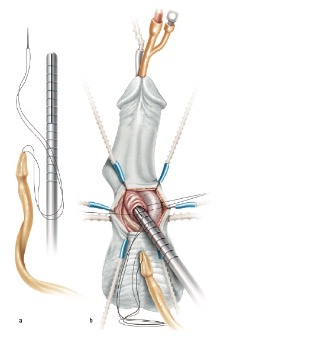
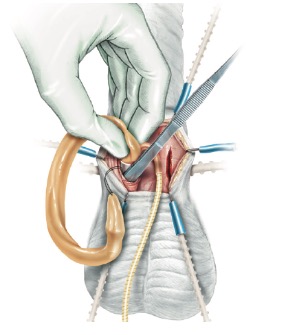
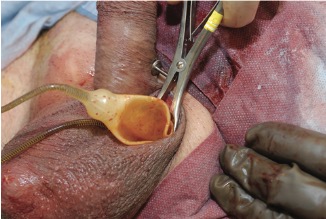
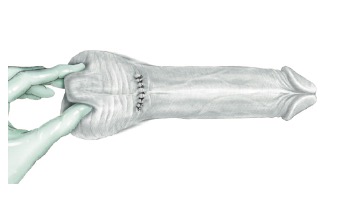
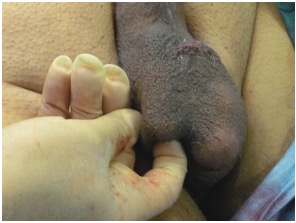

MHISC is a collective group of five International and European recognized surgeons. Leading experts from England, France, Italy and Serbia have been brought together to establish a global centre of excellence in the fields of genital and urethral reconstruction, erectile dysfunction (penile implants), peyronie’s disease, genital reconstruction for trauma, cancer and male infertility.
The idea is to create a base in Europe which will carry out the above surgeries and treatment in a bespoke, boutique private facility. Patients travelling to the centre would be offered the best treatment available in a comfortable and luxurious setting.
Given the nature of the procedures performed, confidentiality is paramount and therefore establishing a centre in Europe would allow patients from around the world to travel with discretion. This is particularly the case with patients from the Middle East who are currently travelling outside the Middle East to have their surgeries carried out by our specialists.
Ideally located between Geneva and Lausanne, Clinique de Genolier offers sweeping views of Lake Geneva, Mont-Blanc and the Alps. A presidential suite and junior suites furnished in contemporary style and “La Table”, a gourmet restaurant, ensure an exceptional standard of hospitality for the patients.
With 106 beds and 198 admitting physicians, it is one of the largest private clinics in Switzerland. Clinique de Genolier offers specialist medical care, one of the most up-to-date operating theaters in Europe, an experienced medical team and premier-quality hotel services.
To find out more about how we can help you please fill out the secure and confidential form on our contact page
Mens Health International Surgical Center SA,
Place des Philosophes 18, 1205 Geneva Switzerland